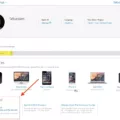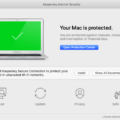Reinstalling your MacOS operating system is an essential step to keeping your computer up to date and running smoothly. It allows you to start with a clean slate and get rid of any issues that may be affecting the performance of your machine.
Before you begin the process, make sure that you have a backup of all your important files and documents. You will also need to have access to a working internet connection, as some of the steps involved in reinstalling your OS require downloading new software and updates.
The first step is to restart your Mac in recovery mode. To do this, press and hold Command + R when restarting your computer. This will bring up the macOS Utilities window which will allow you to access various tools for troubleshooting and maintenance tasks.
Once you’re in recovery mode, select “Reinstall macOS” from the list of options. You will then be prompted to select the version of macOS you wish to install on your machine. Choose the most recent version available, as older versions may not contan all of the necessary updates and security patches for your system.
When prompted, enter your Apple ID credentials so that the installation can be verified with Apple’s servers. The installation process itself may take up to an hour depending on how much data needs to be downloaded and installed on your computer during this time.
Once complete, you should now have a fresh copy of MacOS installed on your computer which includes all of the latest features, fixes, and security patches released by Apple over time. Be sure to keep regular backups of all important data stored on your machine in case something goes wrong in future or if files beome corrupted due to unforeseen circumstances.
Reinstalling OS on a Mac
To wipe your Mac and reinstall the OS, you will frst need to restart your Mac. To do this, open the Apple menu, select Shut Down, then press and hold the power button until “Loading startup options” appears. Next, select Options, click Continue and follow the onscreen instructions. Once you are in the Recovery app window, select Reinstall for your macOS release, click Continue and follow the onscreen instructions. This process will clear all of your data from your Mac and reinstall the OS.
Reinstalling MacOS
Yes, it is possible to reinstall macOS by using the built-in macOS Recovery system on your Mac. When you reinstall macOS, your files and user settings will remain intact. Keep in mind that your computer must be connected to the internet in order to use this feature. To access macOS Recovery, simply restart your Mac and hold down Command + R until you see the Apple logo.
The Benefits of Reinstalling MacOS
Reinstalling macOS can be a good way to improve your Mac’s performance and give it a fresh start. It can help with speed issues and can make your computer feel like new again, especially if it is an older model. However, you should consider the amount of time it takes to reinstall the operating system, as well as whether or not you will lose any important data in the process. If you have backed up your data and are willing to put in some time to get everythig up and running again, reinstalling macOS can be worth it.
Does Reinstalling MacOS Erase All Data?
No, reinstalling macOS does not have to delete everything. You can choose to reinstall macOS on top of the existing installation, which will keep all other data you have stored. This is done by rebooting your Mac while holding down the Command-R keys. This will open the Recovery partition and allw you to select the option to reinstall macOS without erasing your existing data.
Reinstalling MacOS: What to Expect
If you reinstall macOS, the operating system files that were part of the default configuration will be replaced. This means any chanes to the system settings, preferences, or installed applications will be reset. Your personal files like documents, photos and music will not be affected. You may need to reinstall any third-party applications that were previously installed on your Mac.
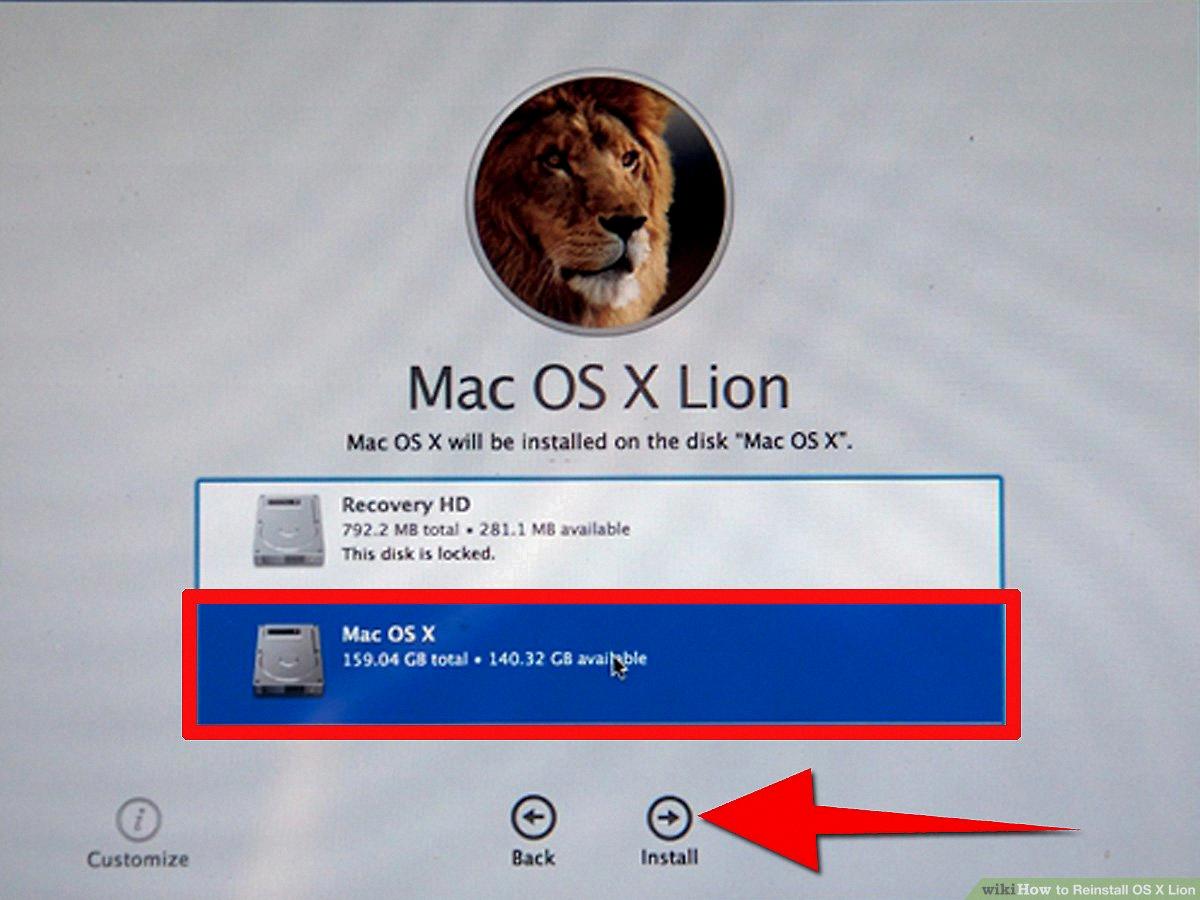
Source: wikihow.com
Consequences of Erasing Macintosh HD
If you erase Macintosh HD, all the data stored on your computer will be permanently deleted. You will not be able to recover any of this data if it is not backed up elsewhere. This includes personal documents, photos, videos, music, and applications. All settings you have made on your Mac will also be reset to their default values. Additionally, any user accounts and passwords associated with your account will be lost as well. To avoid any irreversible data loss, make sure to back up any important files befoe erasing Macintosh HD.
Reinstalling MacOS From a USB Drive
Reinstalling macOS from a USB flash drive is a straightforward process. First, you will need to format your USB flash drive by opening the Disk Utility program on your Mac. Once the drive is formatted, you can then download the macOS installer from the App Store onto your Mac. After that, open up the Terminal application and type in “sudo /Applications/Install\ macOS\ High\ Sierra.app/Contents/Resources/createinstallmedia –volume /Volumes/MyVolume”, replacing ‘MyVolume’ with the name of your USB flash drive. This command will create a bootable installer for macOS on your USB flash drive. Once this is complete, restart your Mac and hold down the Option key while it starts up. You shold then see an option to select your USB flash drive as the startup disk – select this to begin reinstalling macOS from your USB flash drive.
Returning a Mac to Factory Settings
Returning your Mac to its factory settings is an easy process, but it’s important to make sure you have a backup of all your important files first. To do this, open System Preferences from the menu bar and select Erase All Contents and Settings. In the following window, you’ll be given the option to erase the hard drive and reinstall macOS. Once you’ve selected this option, follow the on-screen instructions to complete the reset process. After it’s finished, your Mac will be returned to its original factory settings.
Reinstalling MacOS: How Long Does It Take?
It typically takes anywhere from 30 minutes to several hours to reinstall macOS on your Mac, depending on the speed of your computer, the size of the macOS installation file, and other factors. You won’t be able to use your Mac while it’s being reinstalled, so make sure you have other things to do in the meantime!
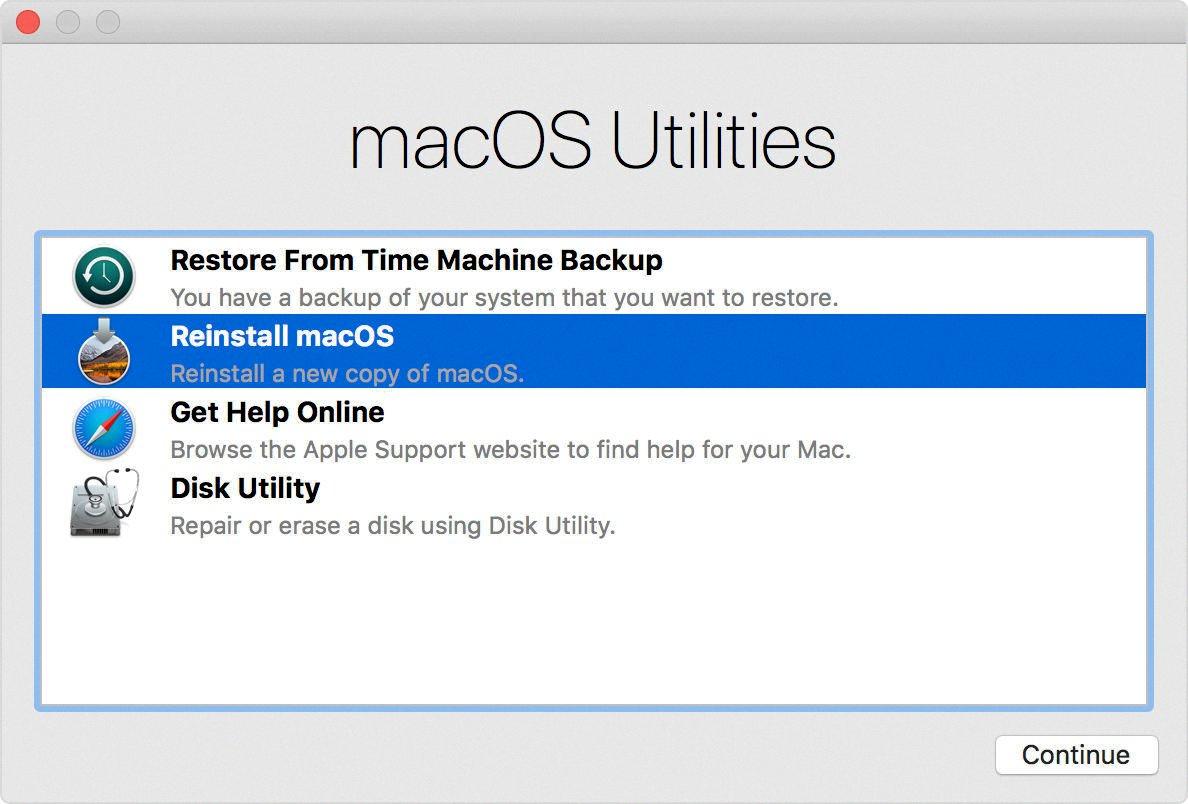
Source: websetnet.net
Reinstalling MacOS Without Losing Data
Yes, you can reinstall macOS without losing data. To do so, first boot into macOS Recovery by restarting your Mac and pressing and holding the Command (?) and R keys together until you see the Apple logo. Once in macOS Recovery, select “Reinstall macOS” from the Utilities window. This will begin the installation process, which will preserve all of your existing data. Follow the onscreen instructions to complete the installation process.
Cleaning Installing on a Mac
A clean install on a Mac is the process of wiping your existing operating system and all its associated files from your computer and replacing it with a fresh installation. This is usually done when you want to start from scratch with a brand new version of the operating system, or if you want to get rid of any potential viruses or malware that may have been installed on your computer. To perform a clean install, you will need to reformat your hard drive and reinstall the operating system from either an install disk or downloaded file. It’s important to back up any important data befoe doing this as it will be lost during the process.
Restoring From Time Machine vs Reinstalling MacOS
When faced with damaged system or startup disk, it is important to first reinstall macOS befre restoring from Time Machine. Reinstalling macOS will replace the system files and folders on your Mac, so any existing data will be erased. Once you have reinstalled macOS, you can then use your Time Machine backup to restore the files and settings from your most recent backup. This will help ensure that all of your data is restored correctly, and you can get back to work as quickly as possible.
Does Recovery Mode Erase Data?
No, entering recovery mode does not delete everthing on your device. Recovery mode is a feature built into the Android operating system that allows you to access certain functions and features when the device is in a particular state. In recovery mode, you can perform maintenance tasks such as clearing cache or performing factory reset. However, if you do choose to perform a factory reset, then all data stored on the device will be erased and it will be returned to its original factory settings. So while entering recovery mode alone does not delete everything, it does provide an option that can be used to delete all data and reset the device.
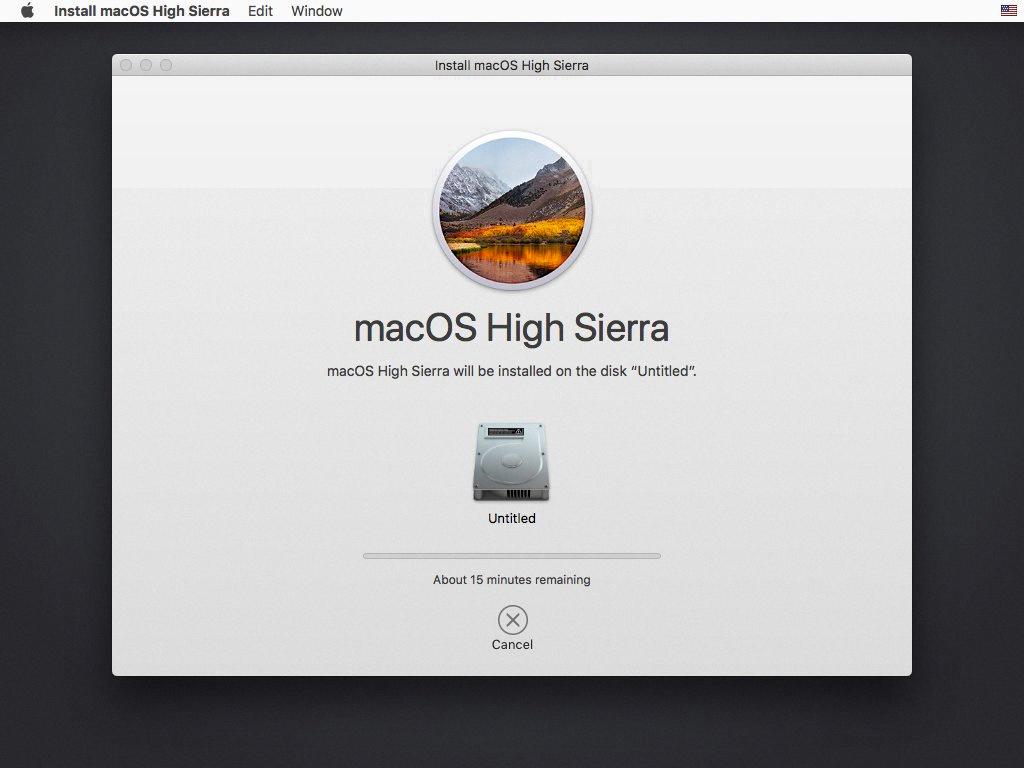
Source: ifixit.com
Reinstalling OSX Without a Disc
Reinstalling OSX without a disc is possible and can be done easily. The first ting you’ll need to do is launch Disk Utility, which can be found in the Applications/Utilities folder. Once Disk Utility is open, select the Mac OS Extended (Journaled) format for your disk and give it a name. Then click on “Erase” and quit Disk Utility.
Once that’s done, go to the Apple menu and select “Reinstall MacOS X”. Click the “Continue” button and follow the on-screen instructions to complete the reinstallation process. You may be prompted to enter your Apple ID during this process, so make sure you have that handy before you begin. That’s all thre is to it – once you’ve followed these steps, your Mac should be running OSX without needing a disc!
Reinstalling the Mac Startup Disk
To reinstall your Mac startup disk, you will fist need to restart your Mac and press the Command + R keys while it is restarting. This will open the macOS Utilities menu. From here, select Disk Utility. Once Disk Utility has loaded, choose the disk you wish to repair – typically labelled as “Macintosh HD” – and select ‘Repair Disk’. If the repair fails, you can then select ‘Erase’ to erase and reformat the disk, ready for a fresh install of macOS. Once the disk has been erased and reformatted, you can then quit Disk Utility and select Reinstall macOS from the macOS Utilities menu. Follow the on-screen instructions to reinstall your Mac startup disk.
Reinstalling MacOS From USB in Recovery Mode
To reinstall macOS from USB in recovery mode, you will need an 8GB or higher USB drive. First, plug the USB drive into your Mac and then restart your computer while holding Command-R. This will bring you to Recovery Mode. Once there, choose the option to Install OS X, then select the USB drive as the destination. Follow all onscreen instructions to complete the installation process. Be sure to monitor the download as it progresses, and you should have macOS reinstalled in no time!
Installing a New Mac Operating System
Installing a new Mac operating system is a relativey straightforward process.
1. Firstly, you will need to check if your Mac is compatible with the new operating system. You can do this by checking your Mac’s model identifier and year at Apple support.
2. Once you have confirmed that your Mac is compatible, you need to backup your data and close any active applications.
3. Next, open the App Store application on your Mac and click ‘Updates’ in the toolbar at the top of the window. You should then see an update for macOS, or if not you can search for it.
4. After clicking on the update, review the informaion provided on-screen and click Download to begin downloading and installing the operating system onto your Mac.
5. When prompted, follow all instructions on-screen to complete installation – this may include entering a valid Apple ID or restarting your Mac sveral times during installation process.
6. Finally, once installation has finished completely, you may be asked to enter additional information such as setting up iCloud or transferring data from another device – follow all instructions carefully to ensure successful setup of your new macOS version!
Time Required for Wiping and Reinstalling MacOS
It depends on a few factors, such as the type of drive you have and whih install method you’re using. If you’re using a stock 5400 rpm hard drive, it will usually take between 30 and 45 minutes if you’re using a USB installer. If you’re using the internet recovery route, it can take over an hour, depending on your internet speed. For a SSD, it typically takes around 15 minutes if you’re using a USB installer.
The Length of Time Required to Install MacOS
Installing macOS can take a long time for a number of reasons. First and foremost, the installation process requires copying a large amount of data from the installation media to your computer’s hard drive. This process can be slow if you are using slower installation media, such as optical discs or USB flash drives. Additionally, macOS includes many components that require additional setup and configuration during the install process, which can also add to the overall length of time required for installation. Finally, your hardware can also have an impact on install times; older machines may take longer to complete the install process than newer models with more advanced hardware.
Removing Malware by Reinstalling MacOS
Yes, reinstalling macOS can remove malware from your computer. When you reinstall the operating system, all of the existing files and programs are overwritten with a clean version of the system. This means that any malicious software stored on your hard drive is erased, leaving your computer free from infection. However, it is important to note that simply reinstalling the operating system does not guarantee protection from future infections; it is stil necessary to maintain good security practices and update your software regularly to ensure optimal security.
Reinstalling MacOS From Time Machine
Yes, you can reinstall macOS from Time Machine. To do so, you need to have a Time Machine backup of your Mac. Once you connect the Time Machine drive to your Mac, open the Time Machine application and select ‘Restore From Backup’. You will then be able to select the version of macOS that you would like to restore. The process should take less than an hour, and once it is complete, all of your applications and files will be exctly as they were before, with no further setup required.
Recovering Files After a Factory Reset on Mac
Yes, it is possible to recover files afer a factory reset on Mac. To do this, you will need to use a data recovery software that is specifically designed for Mac computers. This software will search through the hard drive of your Mac and locate any files that have been lost due to the factory reset. Once these files have been located, they can be recovered and stored in a safe location. It is important to note that this process may take some time, so it is best to start the recovery process as soon as possible after the factory reset has taken place.
Restoring Time Machine to a New Mac
Yes, you can use Time Machine to restore to a new Mac. During the setup process of your new Mac, you will be prompted to select a backup source and you can choose Time Machine. You can connect your new Mac to your existing Time Machine backup either through the network or via cable. Once connected, you will be able to select ‘Restore from Time Machine Backup’ and the entire contents of your previous Mac will be transferred over to your new one.
Conclusion
A MacOS reinstall OS is an important procedure to perform in order to keep your Mac computer running smoothly and securely. It involves completely wiping the hard drive and reinstalling the latest version of MacOS, as well as any additional software or drivers that may be needed. This process will help to ensure that your system is up-to-date with the latest security patches, bug fixes, and performance improvements. It can also help resolve any software conflicts or errors that may have occurred and can improve the overll stability of your machine. Before proceeding, it is highly recommended to back up all important data and files before performing a MacOS reinstall OS.


